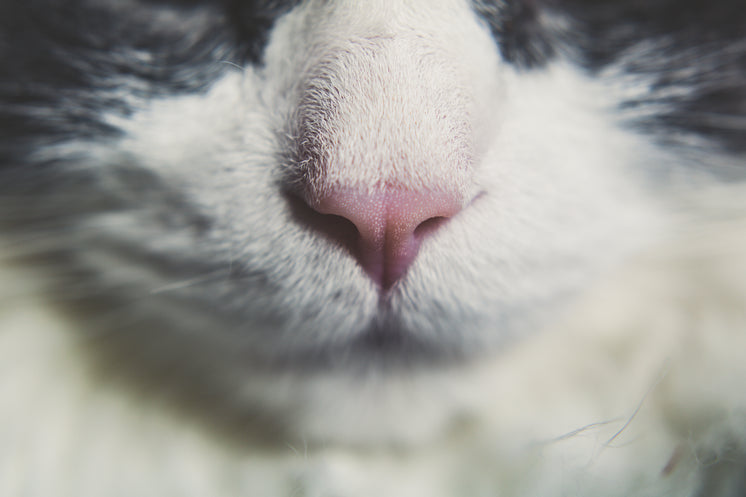Understanding Clumping vs. Non-Clumping Cat Litter

Cat litter and litter boxes play an essential role in the lives of both felines and their owners. From the humble beginnings of sand and soil to the innovative improvements these days, the world of cat litter has actually progressed significantly. In this extensive guide, we look into every element of cat litter and litter boxes, exploring their history, types, advantages, obstacles, and whatever in between.
The history of cat litter go back centuries, with ancient civilizations utilizing sand, soil, and even ashes as primitive litter products. Nevertheless, it wasn't till the mid-20th century that modern-day cat litter as we understand it emerged. In 1947, Edward copyright introduced the world's very first business cat litter made from absorbent clay, revolutionizing the way cats relieved themselves indoors. Because then, cat litter has undergone numerous transformations, with the introduction of clumping litter, silica gel litter, biodegradable options, and more.
Today, cat owners are ruined for option when it concerns choosing the best litter for their feline companions. Conventional clay litter remains popular for its affordability and efficiency in soaking up smells. Clumping litter, which forms solid clumps when wet, simplifies cleaning and upkeep. Silica gel litter, made up of extremely absorbent silica crystals, provides superior odor control and durability. Eco-friendly alternatives, such as recycled paper, wood pellets, corn, and wheat, attract environmentally conscious customers.
Each type of cat litter offers special benefits. Clay litter stands out in its capability to take in moisture and Self Cleaning Litter Boxes control smells, making it a trusted option for numerous cat owners. Clumping litter streamlines everyday scooping and extends the time between total litter modifications. Silica gel litter offers exceptional smell control and can last longer in between replacements. Naturally degradable litters offer a sustainable option that lessens environmental effect.
While cat litter improves indoor feline hygiene, it is not without its obstacles. Dust from clay litter can cat litter boxes posture respiratory threats for both cats and human beings, triggering the popularity of dust-free options. Some cats might establish litter box aversion due to concerns with texture, fragrance, or cleanliness, demanding experimentation with different litters and box setups. Multi-cat homes may need strategic litter box positioning cat litter and regular maintenance to prevent territorial disagreements and ensure all felines have access to clean centers.
Choosing the appropriate litter box is necessary for promoting positive litter box routines and general feline wellness. Elements to think about consist of size, ease of access, and design choices. Covered litter boxes provide personal privacy and help consist of odors, however some cats might find them restricting or intimidating. Open-top litter boxes provide simple access and presence but may lead to more litter scatter. Automatic self-cleaning litter boxes improve upkeep however require regular tracking and upkeep.
Appropriate litter box maintenance is important for making sure a clean and welcoming environment for both felines and their owners. Daily scooping removes waste without delay, reducing smell and discouraging litter box hostility. Routine litter replacement, typically every 1-2 weeks, avoids bacterial buildup and preserves optimum absorbency. Thorough cleaning with moderate detergent and water, avoiding harsh chemicals that may prevent felines from using the box, must be carried out monthly.
Cat litter and litter boxes play a main function in fostering a healthy and harmonious relationship between cats and their human companions. With a varied selection of litter options and litter box designs offered, feline owners have the versatility to tailor their choices to fit their felines' choices and family needs. By understanding the development, types, advantages, and obstacles of cat litter and litter boxes, family pet owners can provide their feline friends with a comfortable and hygienic indoor environment.